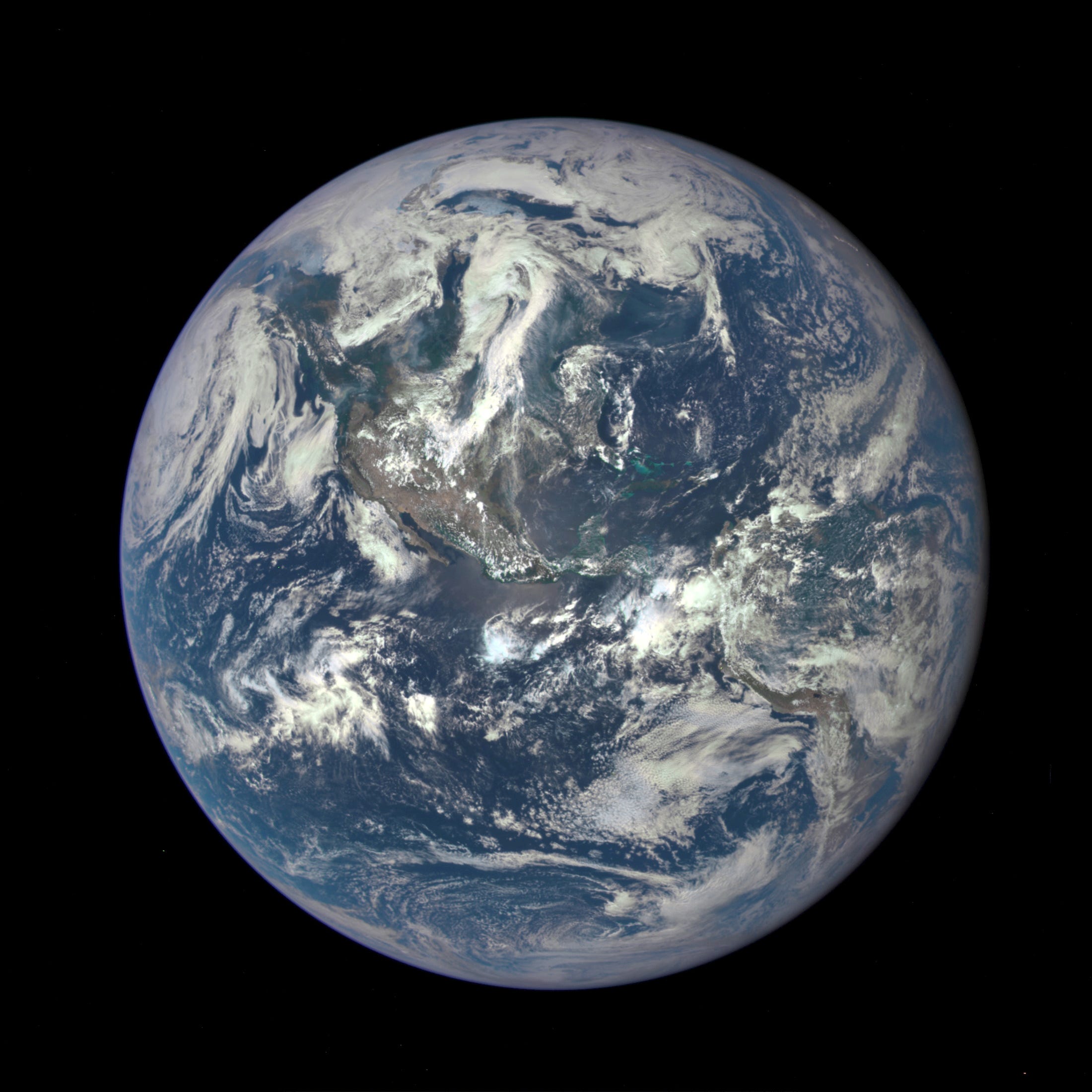
REUTERS/NASA/Handout via Reuters/File Photo
- Earth’s 28 fastest days ever recorded happened in 2020.
- On average, the planet rotated more quickly around its axis last year than it did in previous years.
- Scientists who measure the speed of Earth’s rotation think 2021 may be even faster than 2020. If so, they may need to subtract a second from the year.
- Visit Business Insider’s homepage for more stories.
As it turns out, 2020 was shorter than previous years – even though it didn’t always feel that way.
The 28 fastest days on record since 1960 all happened last year, since Earth revolved around its axis up to 1.5 milliseconds faster than usual. Those 28 days all broke the previous record for the shortest day ever documented: July 5, 2005. That day lasted 1.0516 milliseconds less than the standard 86,400 seconds. Now, the shortest day ever recorded lasted .45 milliseconds less than that previous record.
It’s not abnormal to see Earth days run a bit longer or shorter than average, thanks to the activity of the planet’s molten core, oceans, and atmosphere. But the large number of speedy days in 2020 could be a sign that Earth’s rotation is accelerating overall, according to TimeAndDate.com.
Scientists monitoring the Earth’s rotational speed predict that 2021 will be even shorter. The average day is expected to last .05 milliseconds less than 86,500 seconds, the standard length of a day as determined by our clocks. And individual days could last 1.5 milliseconds less. Over the course of a year, the shorter days are expected to total to a deficit of about 19 milliseconds.
“The Earth is spinning faster now than at any time in the last 50 years,” physicist Peter Whibberley of the UK’s National Physics Laboratory told The Telegraph.
Earth's rotation has mostly been sluggish since we started tracking it
To determine the length of each day on Earth, scientists at the International Earth Rotation and Reference Systems Service (IERS) measure the precise moment a fixed star passes a location in the sky. They express this measurement as Universal Time, then compare it to Atomic Time, a time scale calculated by ultra-precise atomic clocks. That comparison can show how much the Earth's rotation speed is deviating from the norm.
According to the IERS, Earth has been slowing overall during the last few decades, not speeding up. Since measurements began in the late 1960s, most years' average days have run over 86,500 seconds by a few hundred milliseconds.
Scientists have dealt with this by adding what's known as a leap second to the end of a year. They've added about 27 leap seconds in total since 1972.
But they haven't added any leap seconds since 2016. If 2021 ends up being a short year like 2020, though, scientists may subtract a second instead.
"It's quite possible that a negative leap second will be needed if the Earth's rotation rate increases further, but it's too early to say if this is likely to happen," Whibberley told The Telegraph. "There are also international discussions taking place about the future of leap seconds, and it's also possible that the need for a negative leap second might push the decision towards ending leap seconds for good."
If 2021 does go as predicted, it will be the shortest year in decades. The last time a year had an average day length of less than 86,500 seconds was in 1937.
